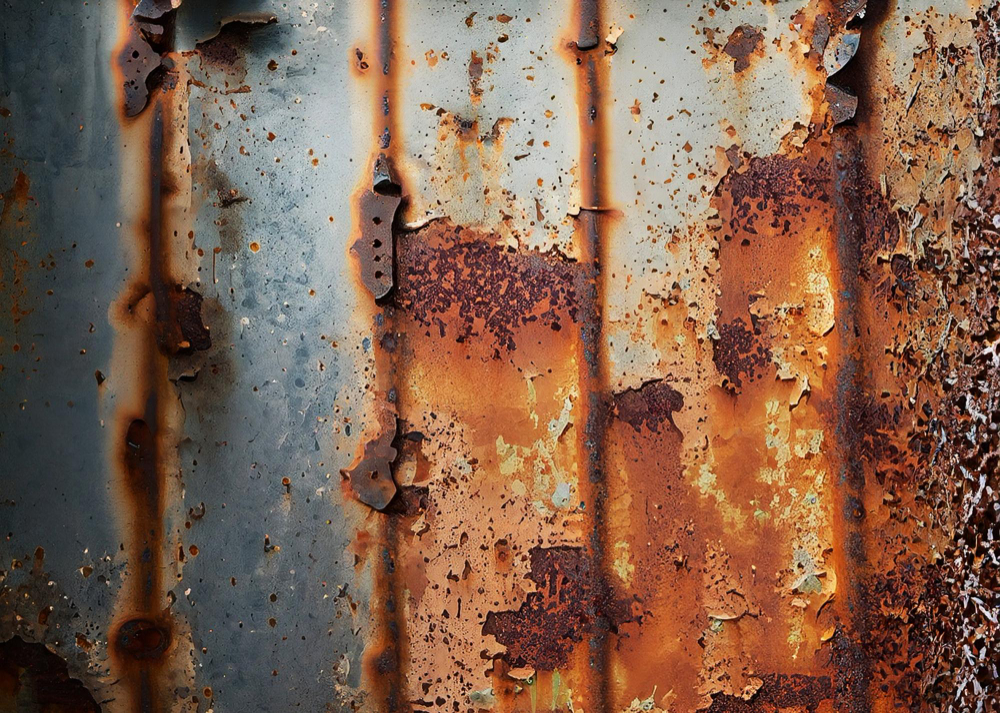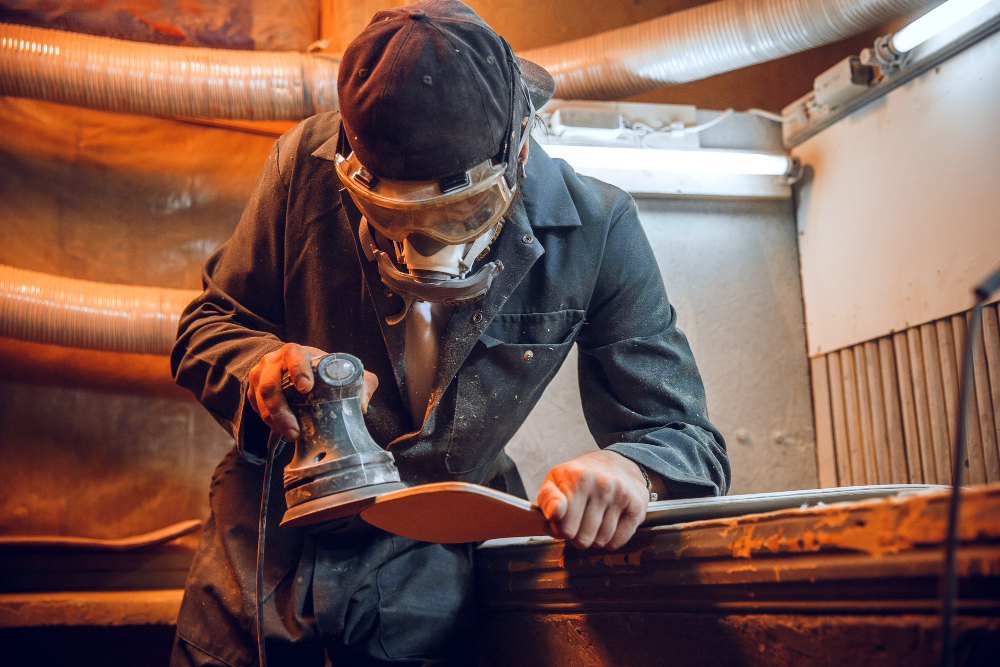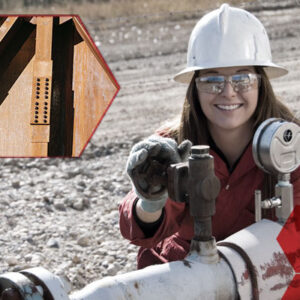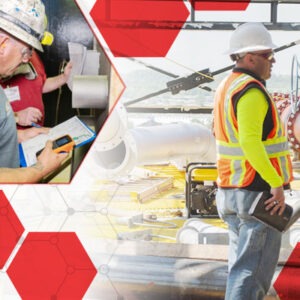Understanding and Preventing Corrosion in Iron
Corrosion in iron is a natural process that causes the gradual deterioration of iron materials due to chemical reactions with its environment. This phenomenon occurs primarily when iron is exposed to oxygen and moisture, forming iron oxide (rust) on the surface. Understanding and preventing corrosion in iron is crucial, as it can lead to structural weakening, increased maintenance costs, and even safety hazards in various industries and applications. By implementing effective corrosion prevention strategies, such as protective coatings, cathodic protection, and alloying, the lifespan and performance of iron materials can be significantly extended, saving both time and resources.
Importance of understanding and preventing corrosion
Safety: Corrosion in iron is a significant concern, as it can compromise the structural integrity of various components, leading to catastrophic failures in infrastructure such as bridges, buildings, and pipelines. Understanding the mechanisms of corrosion is crucial for implementing preventive measures to ensure safety and durability.
Costs: Corrosion-related maintenance, repair, and replacement costs are substantial. By understanding corrosion processes and implementing preventive strategies, industries can significantly reduce these costs over the long term.
Environmental Impact: Corrosion often leads to the release of harmful substances into the environment, affecting ecosystems and human health. Preventing corrosion minimizes these environmental impacts.
Resource Conservation: Corrosion results in the loss of material from iron structures, which impacts resource conservation efforts. Preventing corrosion helps in preserving these resources.
Operational Efficiency: Corrosion can lead to downtime and operational disruptions. Understanding and preventing corrosion help maintain operational efficiency and continuity.
Sustainability: Implementing corrosion prevention measures aligns with sustainability goals by reducing waste, energy consumption, and environmental impact associated with corrosion-related issues
Types of Corrosion in Iron
Iron, despite its strength and durability, is susceptible to various forms of corrosion. Understanding these types can help in implementing effective preventive measures:
General Corrosion: Corrosion in Iron” refers to a uniform attack on the surface of iron, causing its gradual deterioration over time. This type of corrosion occurs when the entire surface of iron is exposed to a corrosive environment, leading to its degradation.
Localized Corrosion
- Pitting Corrosion: This form creates small pits or craters on the metal surface, often initiated by localized factors such as impurities or scratches. These pits can penetrate deeply, compromising the structural integrity.
- Crevice Corrosion: Occurs in narrow gaps or crevices where the supply of oxygen or other chemicals needed for corrosion is limited. This type of corrosion is common in joints, under gaskets, or where two surfaces are closely spaced.
Galvanic Corrosion: When two dissimilar metals are in contact in the presence of an electrolyte, such as moisture, a galvanic cell is set up. In this cell, one metal acts as an anode and corrodes more rapidly, while the other acts as a cathode, remaining relatively protected. Iron, when coupled with a more noble metal like stainless steel, can experience accelerated corrosion.
Stress Corrosion Cracking: This type occurs under tensile stress in a corrosive environment, leading to the formation of cracks. While the metal may seem intact initially, these cracks can propagate rapidly, especially in environments with high chloride content.
Factors Affecting Corrosion
Corrosion in iron can be influenced by various factors, both environmental and chemical, which can accelerate or decelerate the process. Understanding these factors is crucial for effective corrosion control and prevention.
Environmental Factors
Moisture: High levels of moisture, especially in the form of humidity or exposure to water, can significantly accelerate the corrosion of iron.
Oxygen: Presence of oxygen in the environment is essential for the formation of iron oxides, which are characteristic of corrosion in Iron.
Pollutants: Certain pollutants in the atmosphere, such as sulfur compounds, can react with iron and accelerate corrosion in Iron.
Chemical Factors
Acids: Acids can react with iron to form iron salts, which can lead to corrosion. Strong acids, in particular, can rapidly corrode iron.
Bases: While less common, strong bases can also react with iron, leading to corrosion.
Physical Factors:
Temperature: Higher temperatures can often accelerate corrosion processes, as they can increase the rate of chemical reactions.
Pressure: High-pressure environments can sometimes enhance corrosion due to increased chemical reactivity under pressure.
Prevention and Control Measures
Corrosion in iron can be effectively managed through various preventive and control measures. These methods not only protect iron surfaces but also ensure the longevity of structures and equipment. Here are some key approaches:
Protective Coatings: Applying suitable paints or plating on iron surfaces forms a barrier against corrosive elements, preventing direct contact with the metal. Regular inspection and maintenance of coatings are essential for their effectiveness in preventing corrosion in iron.
Cathodic Protection: This technique involves making the iron surface a cathode in a corrosion cell, effectively stopping the oxidation process. Common methods include sacrificial anodes and impressed current systems.
Alloying: Alloying elements such as chromium, nickel, and copper can enhance the corrosion resistance of iron. Stainless steels, for example, contain chromium, which forms a protective oxide layer on the surface. Corrosion in iron can be effectively managed through the use of these alloying elements, which alter the material’s properties to withstand harsh environments.
Environmental Control: Controlling the environment around iron structures can indeed significantly reduce corrosion. This involves regulating factors such as temperature, humidity, and exposure to corrosive agents like saltwater or chemicals. Such measures can help protect the iron and extend its lifespan
Proper Design and Maintenance Practices: Designing structures with corrosion-resistant materials, adequate drainage, and proper ventilation can prevent corrosion in iron structures. Stainless steels, which contain alloying elements such as chromium, nickel, and copper, are commonly used to enhance corrosion resistance in iron. Regular maintenance, including cleaning and inspections, is crucial to identify and address corrosion early, ensuring the longevity and integrity of the structure.
Future Trends and Technologies
Advances in Corrosion Prevention Methods Corrosion remains a significant concern across various industries, including petroleum, transportation, and infrastructure. To address this, researchers and engineers are constantly developing innovative methods to prevent and mitigate corrosion. One of the key trends is the use of advanced coatings and inhibitors.
Coatings play a crucial role in protecting metal surfaces from corrosion. New formulations are being developed that are more resistant to harsh environments, such as offshore oil rigs or coastal structures. These coatings can provide long-lasting protection, reducing the need for frequent maintenance and replacement.
In addition to coatings, inhibitors are also being improved to provide better corrosion protection. Inhibitors work by either forming a protective layer on the metal surface or by altering the corrosive environment to make it less damaging to the metal. Researchers are exploring new inhibitor formulations that are more effective and environmentally friendly.
Research and Development in the Field Research and development (R&D) efforts in corrosion prevention are focused on improving existing methods and developing new technologies. One area of interest is the use of nanotechnology in corrosion prevention. Nanomaterials can be incorporated into coatings and inhibitors to enhance their protective properties. These materials can provide a higher level of protection and improve the durability of the coating.
Another area of R&D is the development of smart coatings that can actively sense and respond to changes in the environment. These coatings can release inhibitors when they detect corrosive conditions, providing a proactive approach to corrosion prevention.
Overall, the future of corrosion prevention looks promising, with advancements in coatings, inhibitors, and other technologies offering better protection for metal surfaces. These innovations will not only help extend the lifespan of structures and equipment but also reduce maintenance costs and environmental impact.
Closing Insights
As an institute dedicated to the study and understanding of corrosion, CORCON emphasizes the importance of proactive measures in preventing and managing corrosion in iron. Corrosion, a natural process that can lead to significant structural and financial implications, requires a comprehensive approach for effective control. Through advancements in coatings, inhibitors, and other technologies, industries can better protect their iron assets and infrastructure.
Image Reference: Freepik
Disclaimer: All trademarks, logos, and brand names are the property of their respective owners. All company, product, and service names used in this website are for identification purposes only. Use of these names, trademarks, and brands does not imply endorsement.






